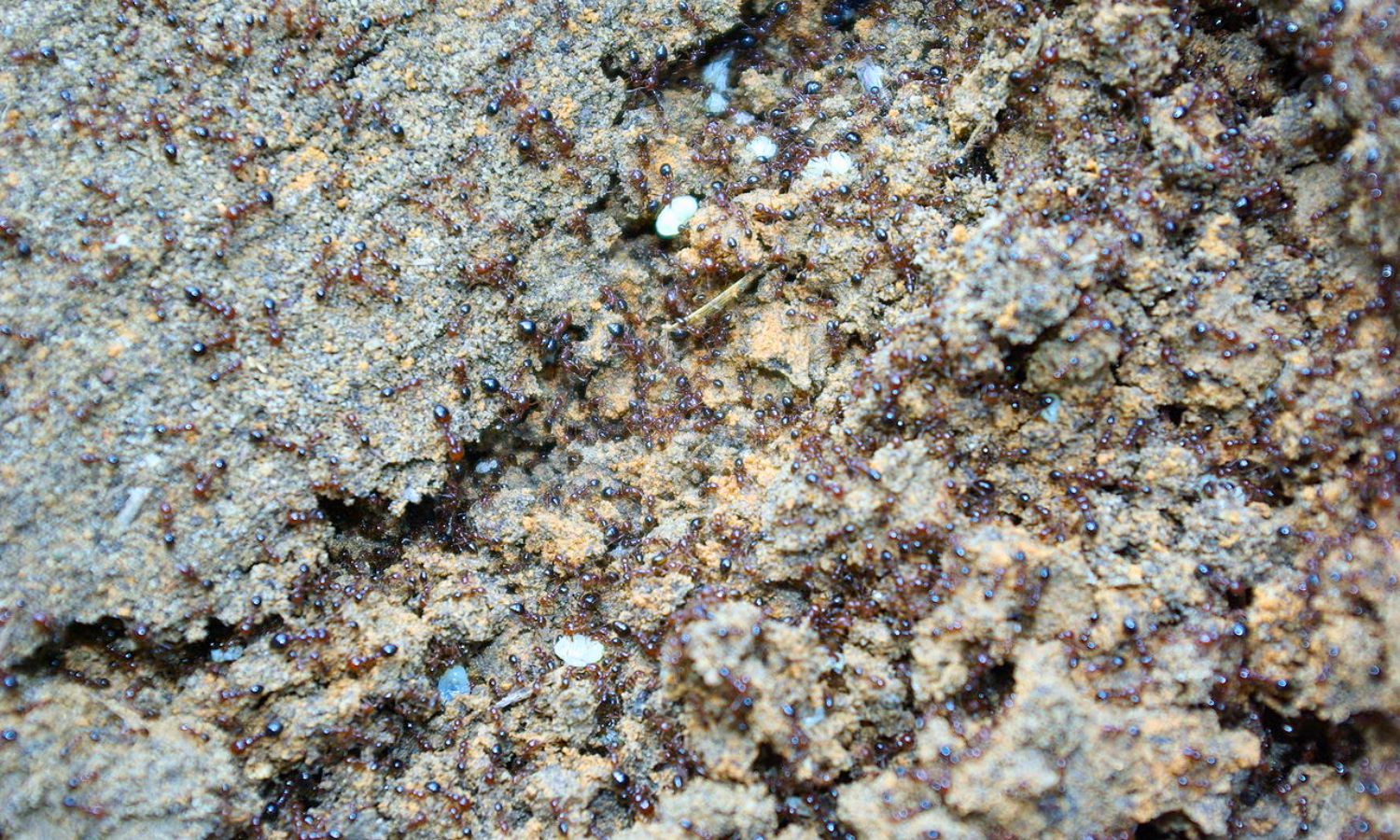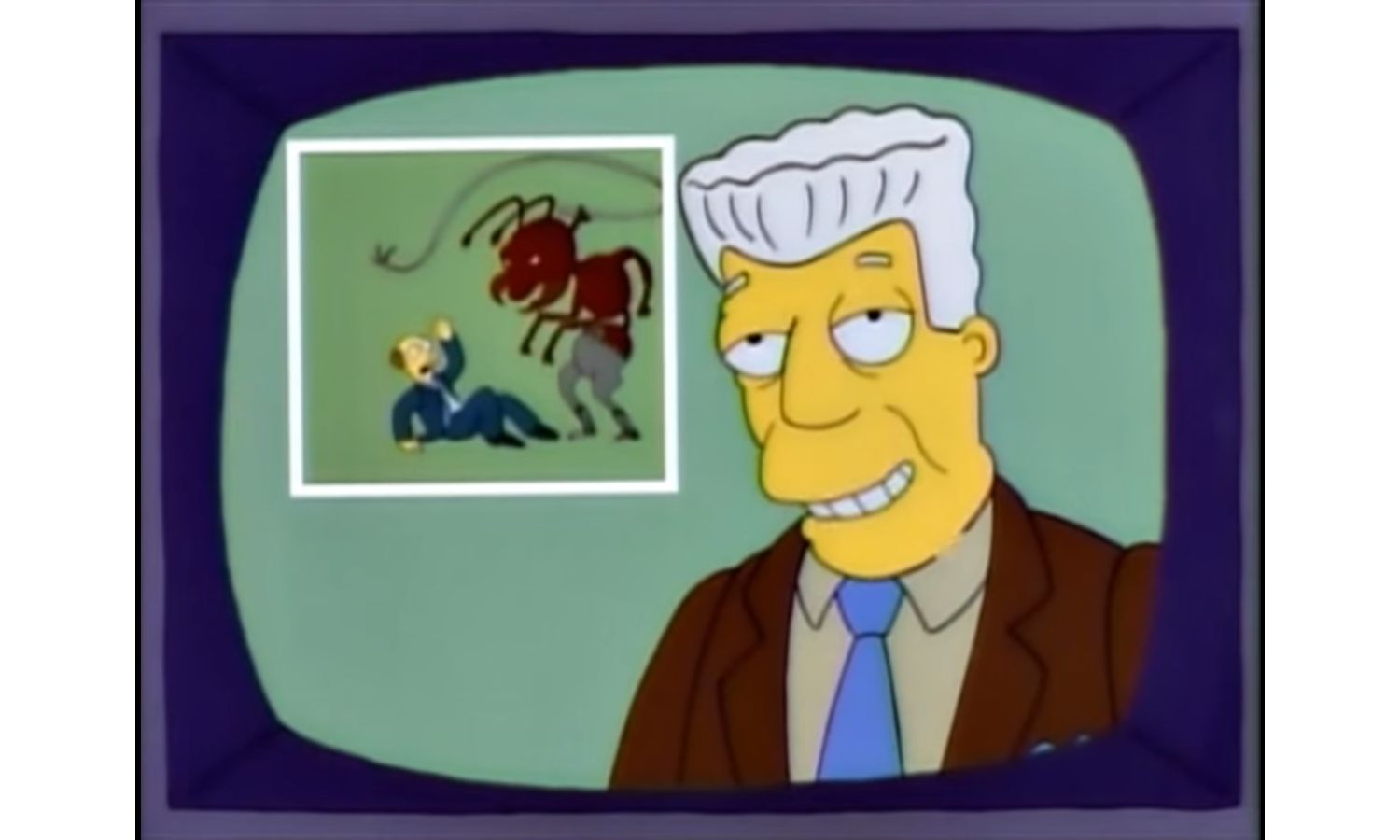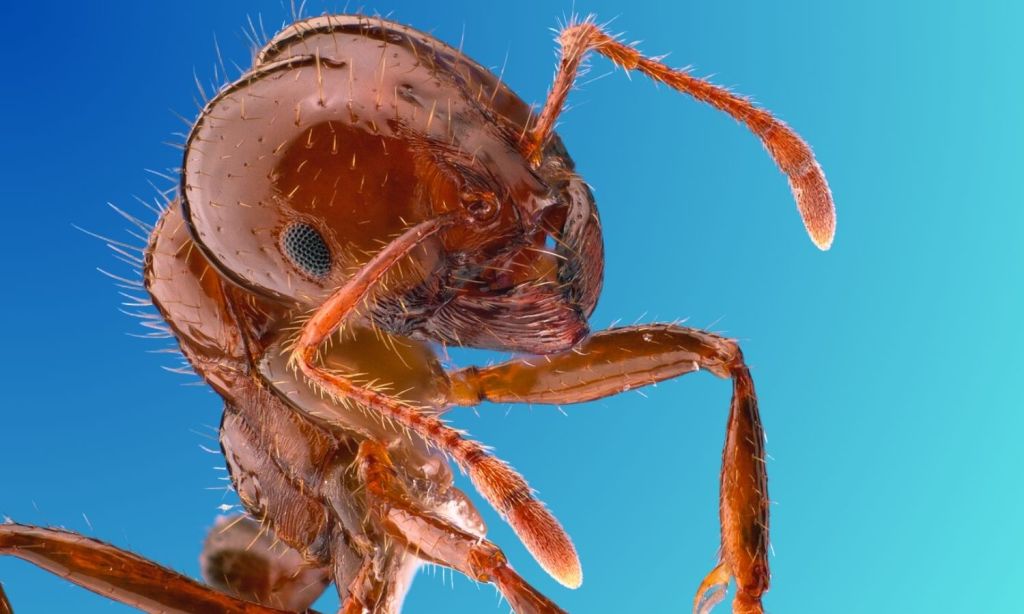A massive red army is marching its way down the east coast of Australia. The target? The agricultural sector of New South Wales and all who rely on it. But this isn’t the plot of Red Dawn 2 — this invading army is made up of fire ants.
Last week, the ants were detected just 5.5kms north of the NSW border, the furthest south they have so far been found. The suburb of Tallebudgera on the Queensland Gold Coast now has restrictions on the movement of organic material like mulch and soil after the nest was discovered.
It’s thought that the ants, which originate in South America, first made it to Brisbane in the late 1990s. Since then, colonies have popped up and been eradicated in Port Botany, NSW, and Freemantle, Western Australia.
The south-east Queensland outbreak however is still out of control and the ants are spreading. They have recently been found for the first time on the western side of the Great Dividing Range in Toowoomba.
NSW is not taking any chances with these pests. The Minister for Agriculture, Tara Moriarty, has committed $95 million over four years, to fighting the red terror.
“It is important to keep NSW free from this invasive and aggressive pest, which if established, will have a huge impact on the way we live our lives and could affect our export markets and ability to trade,” Moriarty said in a press release.
“Residents and businesses should check their properties as finding fire ants early and alerting NSW DPI will increase the chances of successful eradication.”
The Invasive Species Council has said that NSW is at “extreme risk” of invasion from the ants. They are so close to the border that a single ant queen could fly into the state and establish a colony at any moment.
“If fire ants spread across Australia they will be worse than rabbits, cane toads, foxes and feral cats combined,” said Reece Pianta, the council’s spokesperson.
Why Are Red Fire Ants Bad?
Red fire ants are considered one of the world’s most dangerous ants and the worst invasive pest. The ants are aggressive, fast moving, and will swarm anyone or anything that dares to disturb their nest or threatens a food source.
Red Imported Fire Ants, or RIFA, are Solenopsis invicta. They are dark red or brown with a black-brown abdomen and grow from two to six millimetres long. They build crumbly, fluffy nests with no obvious entrance.

Their sting causes itchy, burning sensations that can last for an hour. Being bitten by a group of them is likened to being set on fire, hence their name.
In the US, where the ants spread to from South America in the 1930s, at least 85 people have been killed by fire ant bites. Mainly, these deaths have occurred in older people or those with allergies to the ants. They also pose a serious threat to pets and livestock.
The ants are able to spread and colonise areas quickly. Their nests can grow from 200,000 to 400,000 ants and they are known to form vast ‘super colonies’ with multiple, interconnected nests and millions of workers.
Red fire ants have a greater impact on wildlife than most other invasive species. They eat virtually anything and everything and could almost eradicate frogs in Queensland if left unchecked. They attack birds, mammals, reptiles and destroy plants and their seeds, leading to a potential mass ecosystem change.
In areas of the US where red fire ants are endemic, 30 to 60% of people are bitten each year. Their colonies make gardens, playgrounds, and other outdoor areas uninhabitable owing to their aggressive nature.
The Queensland government estimates that in the southeast region alone, the ants could cause $43 billion in damage over a 30 year period if they aren’t dealt with.
Why Can’t We Stop the Ants?
There is currently no national strategy to deal with the problem. In 2017, $400 million was allocated in a joint deal between state and federal agriculture ministers to deal with the ants. That money was supposed to last until 2027, but is now expected to run out next year.
After a meeting of ministers earlier this month, a joint statement was given in which governments agreed to “continue working on a new proposal.” The meeting was branded a “failure” by activists.
In 2021, a strategic review in Australia’s handling of red fire ants recommended and “urgent change of strategy” and that current measures and funding “will not be able to eradicate or contain” the ants.
However, despite the word “urgent” appearing 18 times in the report, there has yet to be a change in approach to fire ant control.
“‘Fire ants are an inferno – we need to treat it like the emergency that it is,” Pianta said.
“The choice is stark. Australia cannot afford to live with a fire ant future, but we are not investing anywhere near enough to prevent it from happening.
“Our governments need to pay the fire ant eradication bill now while we can still afford it.”
It’s been recommended that $300 million is spent to eradicate the ants in southeast Queensland before Brisbane becomes the host of the 2032 Olympics. In the past six weeks, fire ants have breached containment zones in Queensland six times, prompting NSW to react.

The Federal Government spent $300 million in eradicating fire ants in the first 15 years since their arrival. But with long-term funding unsecured, and systemic surveillance of accidental importation lacking, it’s going to take a dedicated effort to get rid of them for good.
Tony Mahar, the National Farmers Federation’s chief executive, has said that the recent NSW announcement of more funding is welcome but that it’s “staggering” governments weren’t taking the threat more seriously.
“These things are a really nasty pest and I have to say successive governments at the state and commonwealth level have not done enough to eradicate what is an incredibly dangerous and invasive species,” he said.
Related: Climate Change Is Triggering a Global Collapse in Insect Numbers — Here’s How You Can Stop It
Related: Eeek: A Mysterious Cane Toad Colony Has Arrived on Sydney’s Doorstep
Read more stories from The Latch and subscribe to our email newsletter.







